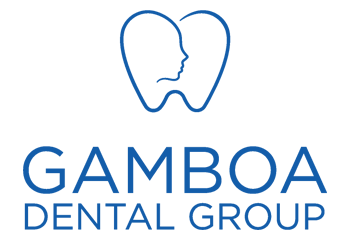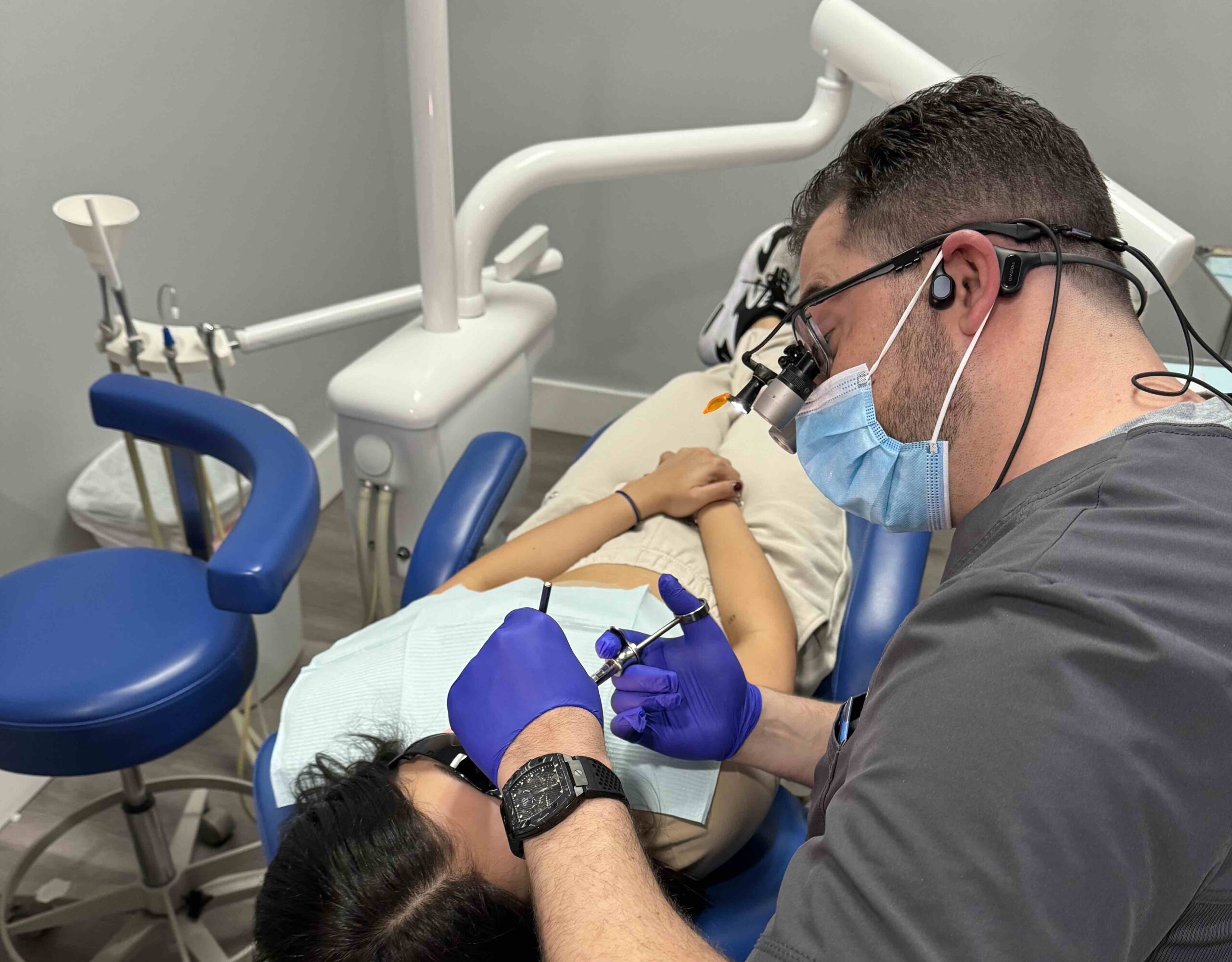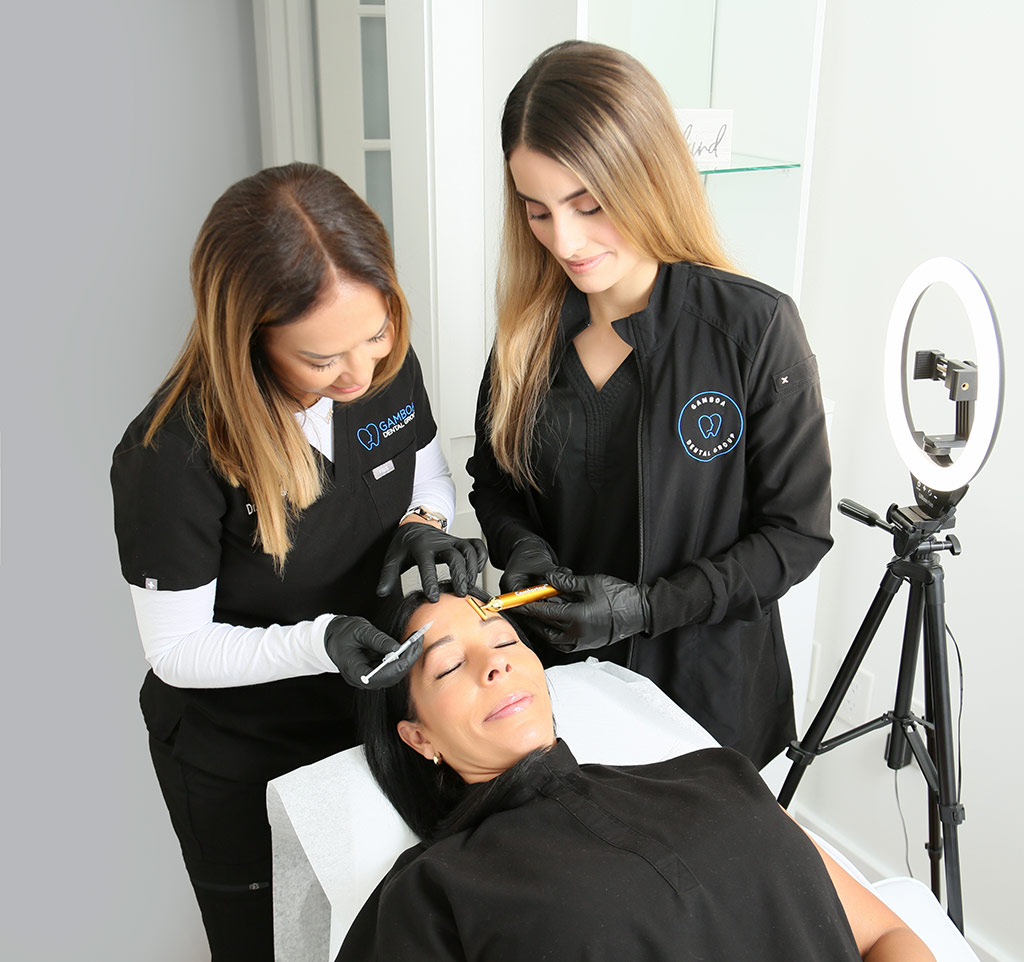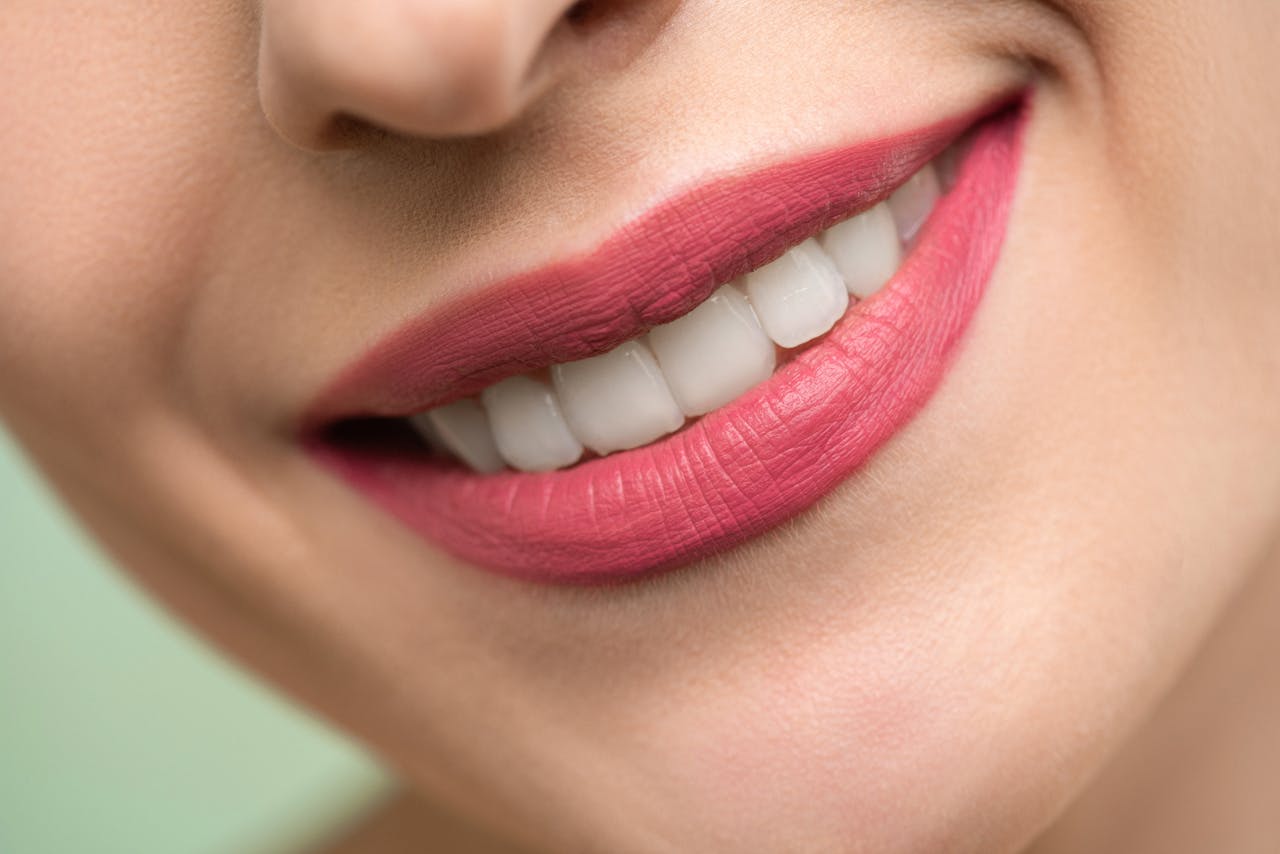Cosmetic dentistry is more than just enhancing your appearance; it’s about improving your quality of life. Whether it’s through teeth whitening, veneers, or orthodontics, a smile makeover can transform your look and significantly boost your self-esteem. Here’s how cosmetic dentistry can help you gain the confidence to show off your smile.
1. Enhances Your Appearance
One of the most apparent benefits of cosmetic dentistry is the improvement in your appearance. Procedures such as teeth whitening, veneers, and dental bonding can correct imperfections like stains, chips, or gaps. Even minor treatments can have a significant impact on how you look. A brighter, straighter smile makes you appear more youthful and polished, enhancing your overall facial aesthetics.
2. Boosts Self-Confidence
When you’re unhappy with your teeth, it’s easy to feel self-conscious when talking or smiling. Cosmetic dentistry addresses these concerns, allowing you to feel more comfortable in social and professional situations. The ability to confidently show your smile can lead to more positive interactions and even open up new opportunities, as a bright smile is often associated with friendliness and approachability.
3. Improves Oral Health
Cosmetic dentistry isn’t just about aesthetics—it also contributes to better oral health. For example, straightening your teeth with orthodontic treatments makes them easier to clean, reducing the risk of decay and gum disease. Additionally, dental bonding or veneers can help protect worn or damaged teeth from further deterioration. By improving the appearance of your teeth, you’re also setting the stage for a healthier smile.
4. Provides Long-Lasting Results
Many cosmetic dental treatments offer long-lasting results, which means you can enjoy the benefits of your new smile for years. Procedures like dental implants or veneers can last a decade or more with proper care. Even treatments like teeth whitening, while not permanent, can maintain their effects for several months to a year, especially if you follow a good oral hygiene routine and avoid staining foods and drinks.
5. Offers a Personalized Approach
Every smile is unique, and cosmetic dentistry provides a personalized approach to meet individual needs. Dentists can create a tailored treatment plan that addresses your specific concerns, whether it’s whitening discolored teeth, closing gaps, or reshaping uneven teeth. This personalized care ensures that the results complement your natural facial features, providing a look that feels authentic and boosts your confidence.
6. Reduces Signs of Aging
As we age, our teeth naturally wear down, become stained, or shift out of alignment. Cosmetic dentistry can help reverse these effects, making you look younger. Teeth whitening can eliminate years of discoloration, while veneers or bonding can restore the appearance of worn or chipped teeth. Orthodontic treatments can straighten teeth and improve your bite, giving you a rejuvenated look.
7. Enhances Your Professional Image
A confident smile can be a valuable asset in your professional life. It projects an image of confidence, competence, and enthusiasm. Whether you’re going for a job interview, meeting new clients, or giving a presentation, a polished smile can enhance your professional presence. In many cases, a bright and healthy smile can make a stronger impression than you might realize, influencing how others perceive your abilities and attitude.
8. Increases Motivation for Better Oral Hygiene
After undergoing cosmetic dental treatments, many people feel motivated to maintain their results by practicing better oral hygiene. This includes brushing and flossing regularly, attending routine dental checkups, and avoiding habits that can stain or damage teeth. This new level of commitment to oral care not only keeps your cosmetic results looking great but also improves your overall dental health.
9. Can Address Functional Issues
In some cases, cosmetic dentistry can also solve functional dental problems. For instance, treatments like crowns or bonding can restore the structure of broken or weakened teeth, improving your bite and making it easier to chew. Straightening misaligned teeth can also alleviate issues like jaw pain or excessive wear on certain teeth, leading to better overall comfort.
Smile Makeover: An Investment in Your Well-Being
Investing in a smile makeover is an investment in yourself. The benefits of cosmetic dentistry extend beyond aesthetics, influencing your social life, career, and health. A beautiful smile can change how you see yourself and how others see you, making it a powerful tool for boosting your confidence.
Cosmetic dentistry offers the chance to achieve the smile you’ve always wanted, giving you more reason to share it with the world.






